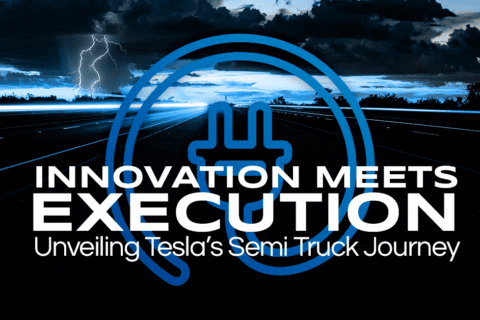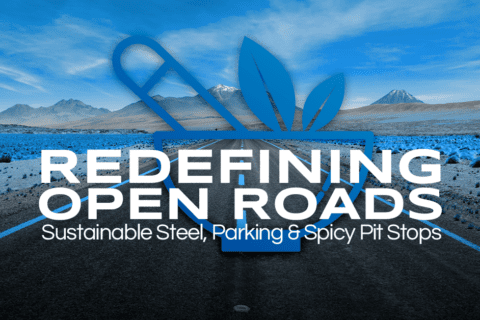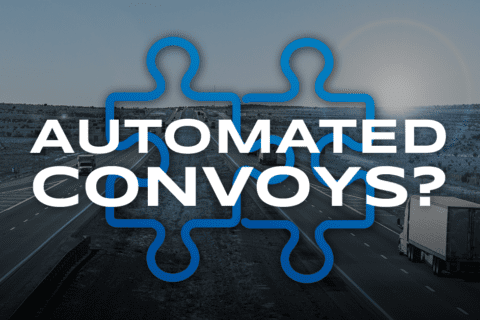Let’s buckle up and venture down the fast lane of trucking, charting a course through the compelling narratives and timely issues currently shaping our industry. We’ll navigate the upcoming Memorial Day traffic surge, scrutinizing the American Trucking Associations’ (ATA) proactive safety strategies. Next, we’ll shift gears to discuss California’s ambitious drive towards electric trucking, carefully examining the regulatory roadblocks and economic realities of this transformative journey. Our route will take an unexpected turn as we recount the story of an Estes truck driver’s encounter with a hazardous road incident, shining a light on the broader environmental challenges our industry faces. As we continue, we’ll delve into the contentious wake created by proposed changes to the Federal Motor Carrier Safety Administration’s CSA scoring system – a topic that has sparked rigorous debate within our ranks. Finally, we’ll rev our engines towards the ongoing dispute over stringent EPA emission standards stirring up a tempest in the U.S. House of Representatives. Each story is a waypoint on our mission to keep commercial drivers, industrial staff, and logistics professionals informed and prepared for the constantly evolving landscape of our dynamic industry. But First… An Important Message As Memorial Day approaches, we want to take a moment to pause to reflect on the profound meaning of this day, honoring the brave men and women who made the ultimate sacrifice for our country. Their courage, dedication, and selflessness serve as a beacon of inspiration, guiding us in our daily duties. In the same spirit, we also want to extend a heartfelt thank you to each and every one of you — employees, drivers, and staff. Your unwavering commitment, hard work, and resilience, especially in the face of unprecedented challenges, have been integral to our success. Your tireless efforts ensure that the wheels of our industry keep turning, delivering a lifeline to communities across the nation, come rain or shine. To our drivers, who bravely navigate the bustling highways, your dedication mirrors the spirit of those we remember on this solemn day. You exhibit incredible determination and perseverance, embodying the essence of this day — honor, service, and dedication. And to our staff, your behind-the-scenes contributions are the backbone of our operation. Without your relentless dedication and commitment, the efficiency and smooth functioning we pride ourselves on would not be possible. As we approach this Memorial Day weekend, we encourage you to take a moment to honor our fallen heroes, and to reflect on the role you play in the life of our nation. Each mile covered, every box delivered, every logistical challenge solved — these actions form the intricate tapestry of our shared success and progress. Thank you for being a part of the Optimum family, for your dedication and for the sacrifices you make every day. It’s an absolute privilege to have you on our team and we look forward to the journey ahead. Stay safe and enjoy the holiday weekend with your loved ones. Now back to the news! Bracing for Memorial Day Traffic Surges As the start of the summer’s busy travel season looms, are you ready for the surge of Memorial Day traffic? Here’s how the American Trucking Associations is preparing. This year, the AAA predicts that about 42.3 million people will be traveling 50 miles or more this holiday weekend, showing an increase of 2.7 million travelers compared to last year. Hence, drivers are advised to exhibit patience, proper planning, and adhere to safe driving principles in anticipation of the imminent traffic surge. Driving with Respect and Safety: ATA’s Call to Action In honor of fallen heroes, the trucking industry pledges its commitment to safety this Memorial Day weekend, encouraging everyone on the road to join this initiative. This commitment is not only limited to truck drivers who make the holiday weekend possible by transporting Memorial Day essentials, such as grilling supplies, food, beverages, and pool accessories. ATA asks everyone to join the trucking industry’s initiative to make travel this Memorial Day weekend safe for all, honoring those who have given us the freedom to enjoy these traditions. Share the Road Safety Tips: Stay Safe, Stay Alert The Share the Road program’s professional drivers extend vital safety tips to motorists, students, media members, and elected officials countrywide. These tips, emphasized during major U.S. holidays, are reminders of key safe driving elements, particularly when operating smaller passenger vehicles near large tractor-trailers. They include recommendations like buckling up, slowing down, refraining from driving impaired, being mindful of truck blind spots, avoiding distractions, not cutting in front of large trucks, preparing your vehicle for long-distance travel, leaving early to avoid risks, keeping safe distance from the vehicle in front, and understanding congestion patterns. Promoting Road Safety: Your Responsibility These safety measures are crucial reminders as we prepare for a high-traffic Memorial Day weekend. As we come together to honor our fallen heroes and enjoy our freedoms, let’s ensure our safety and that of others on the road. Let’s take the initiative to drive responsibly, show respect to professional truck drivers, and share the road safely this holiday weekend. The Dawn of the Electric Era We’re on the cusp of a new era as California’s trucking industry gears up for a monumental shift to electric trucks. The mandate is for all trucks to go electric, but this ‘green’ switch might trigger a ripple of unintended consequences, akin to an environmental thriller. Decades-old diesel trucks will soon be a relic of the past, replaced by quiet, cleaner machines. Yet, as history has shown us, such industry transformations come with complex challenges and some potential trade-offs. Who Bears the Cost of Going Green? The 2008 regulations set by CARB, pushing for cleaner trucks, exposed a hidden underbelly of labor concerns, as the $2.5 billion cost of transitioning to cleaner vehicles was passed onto drivers, resulting in a labor crisis compared to “indentured servitude.” This time around, CARB’s HVIP incentive program is intended to support owner-operators and smaller fleets. The program provides point-of-sale discounts, up to $315,000,…











Recent Comments